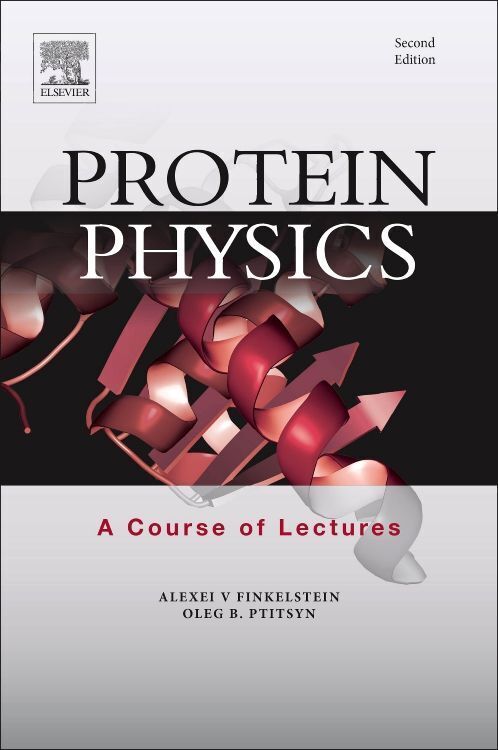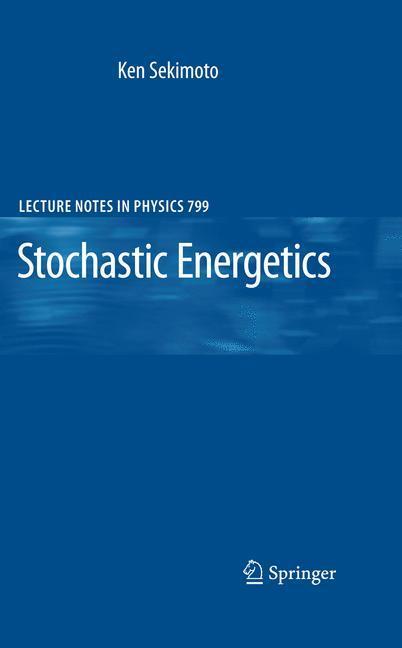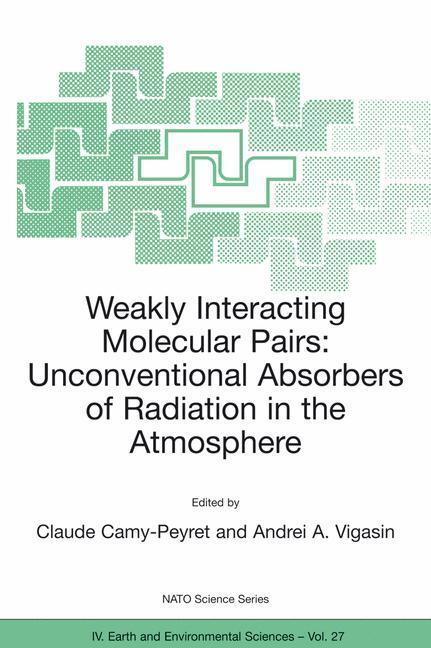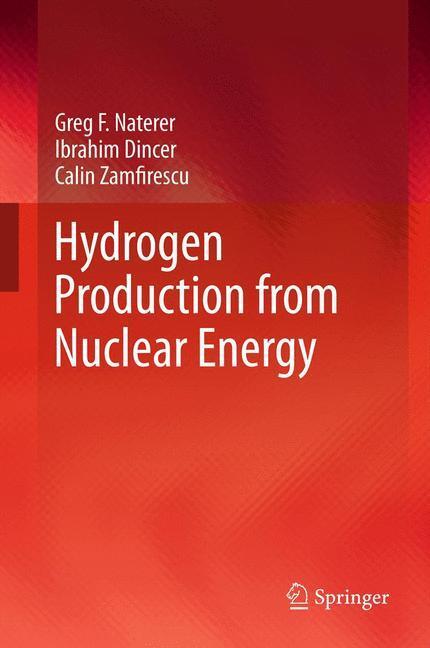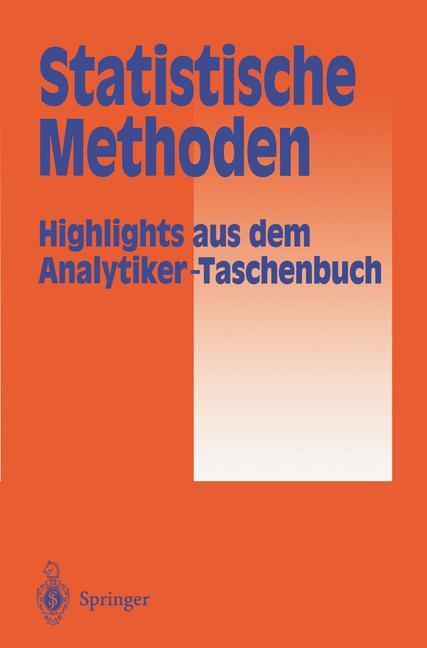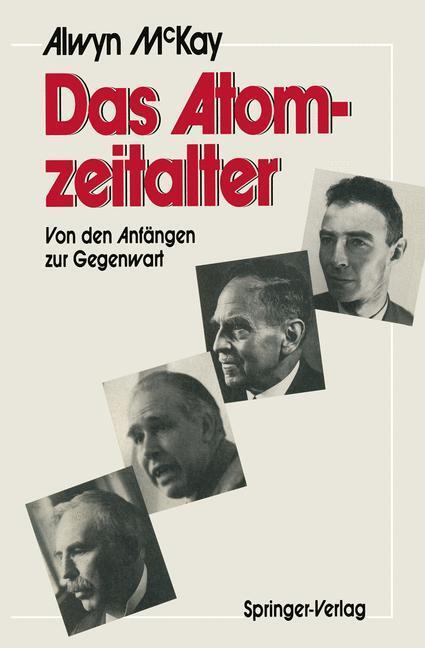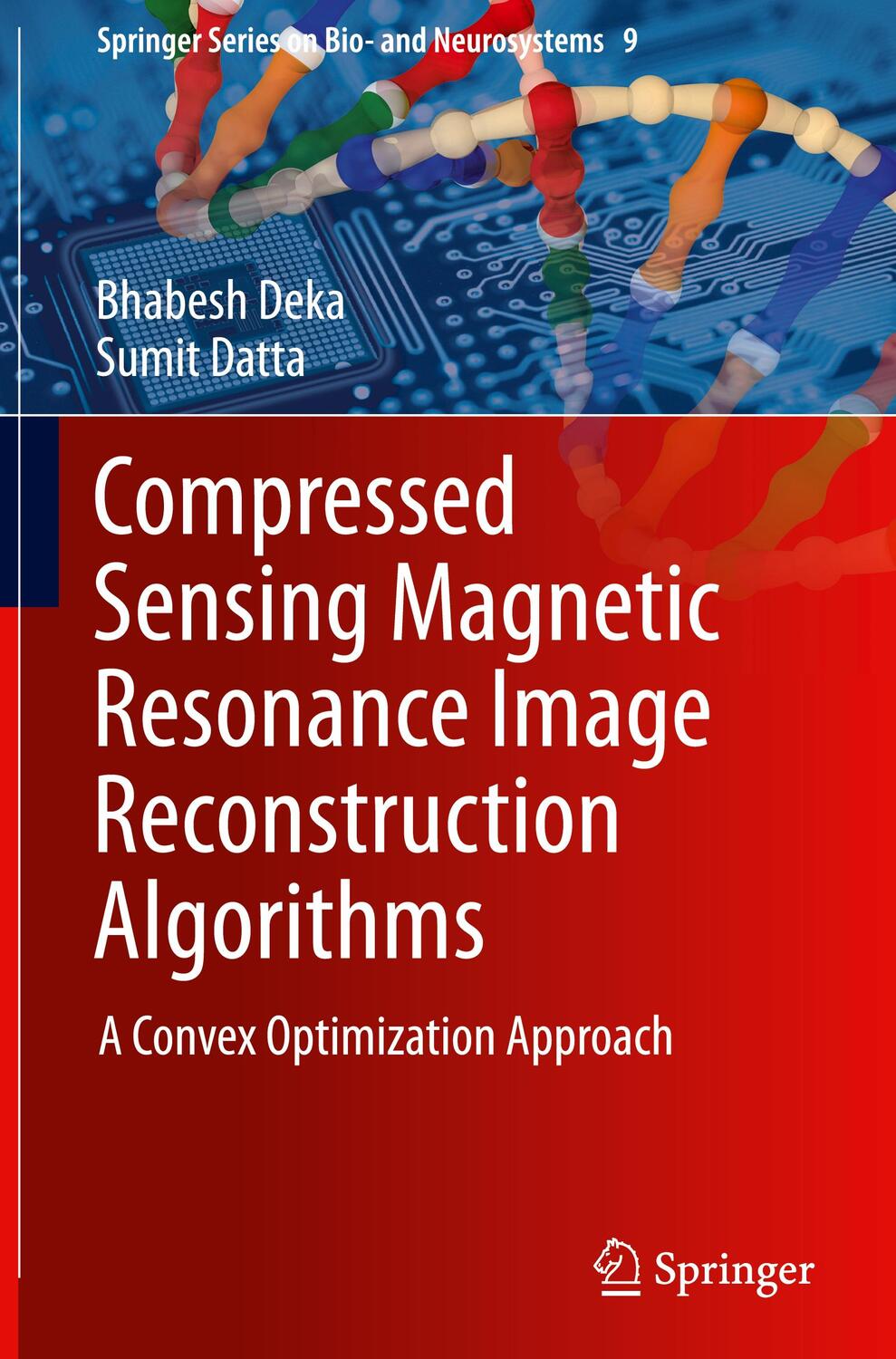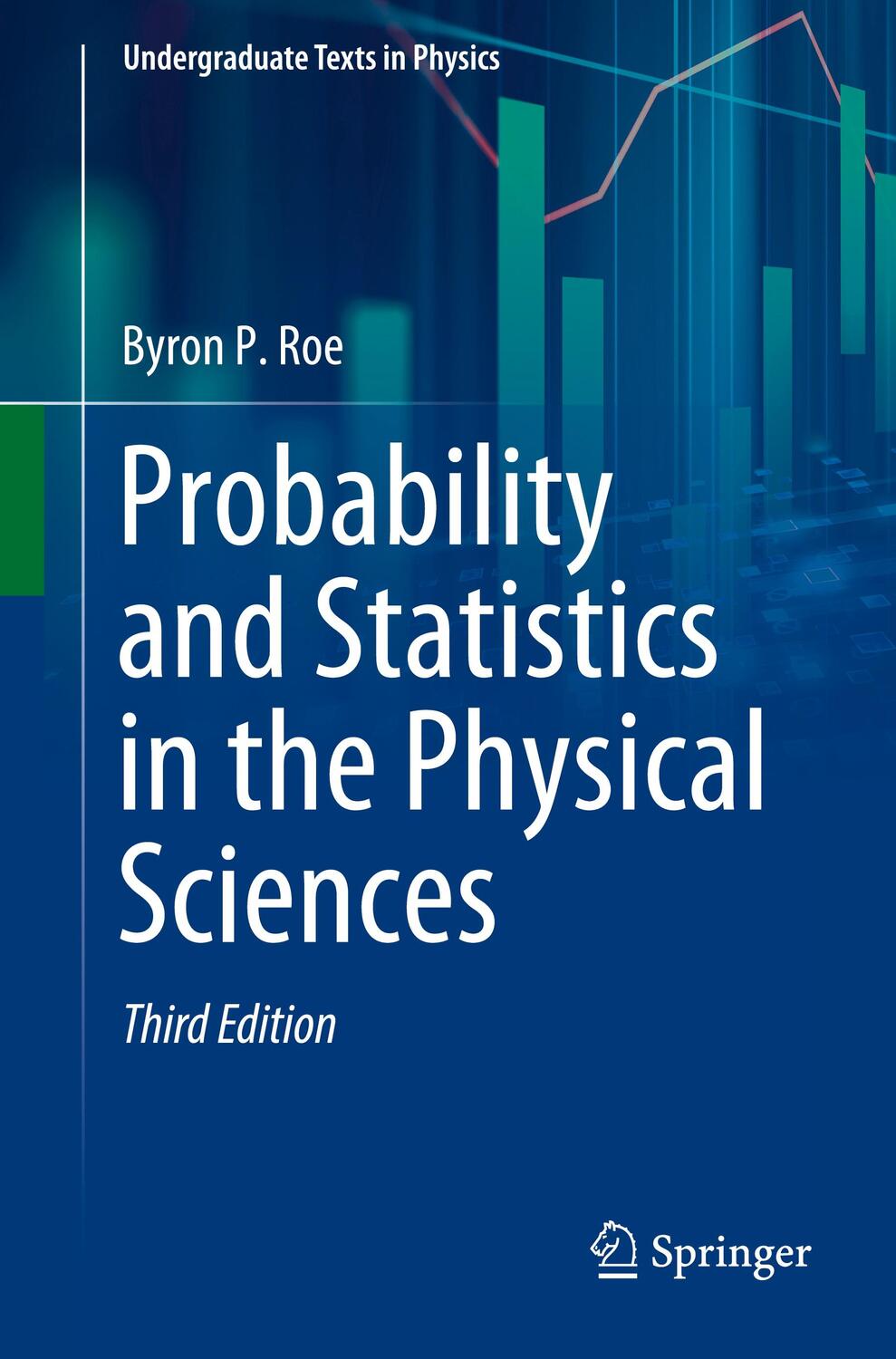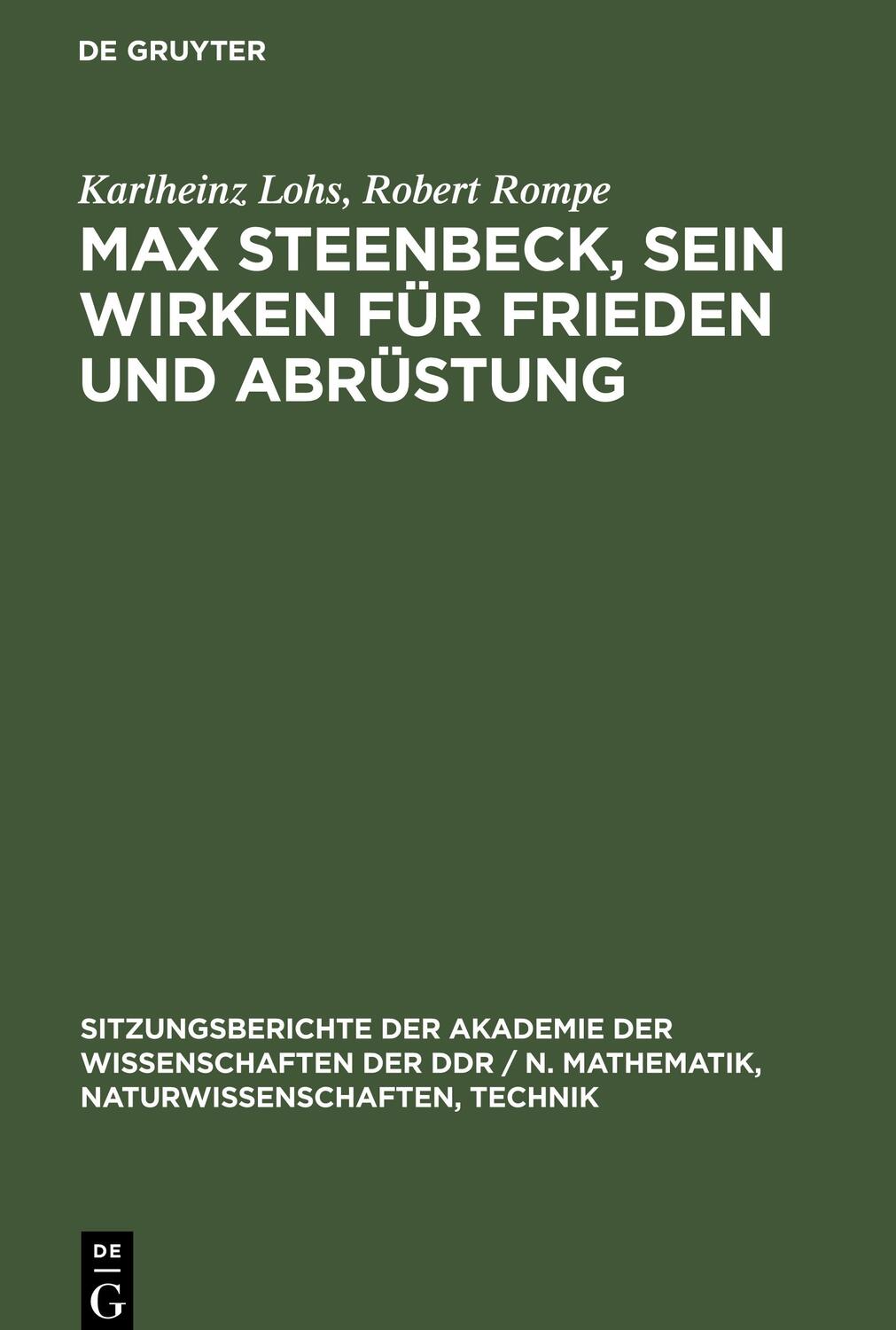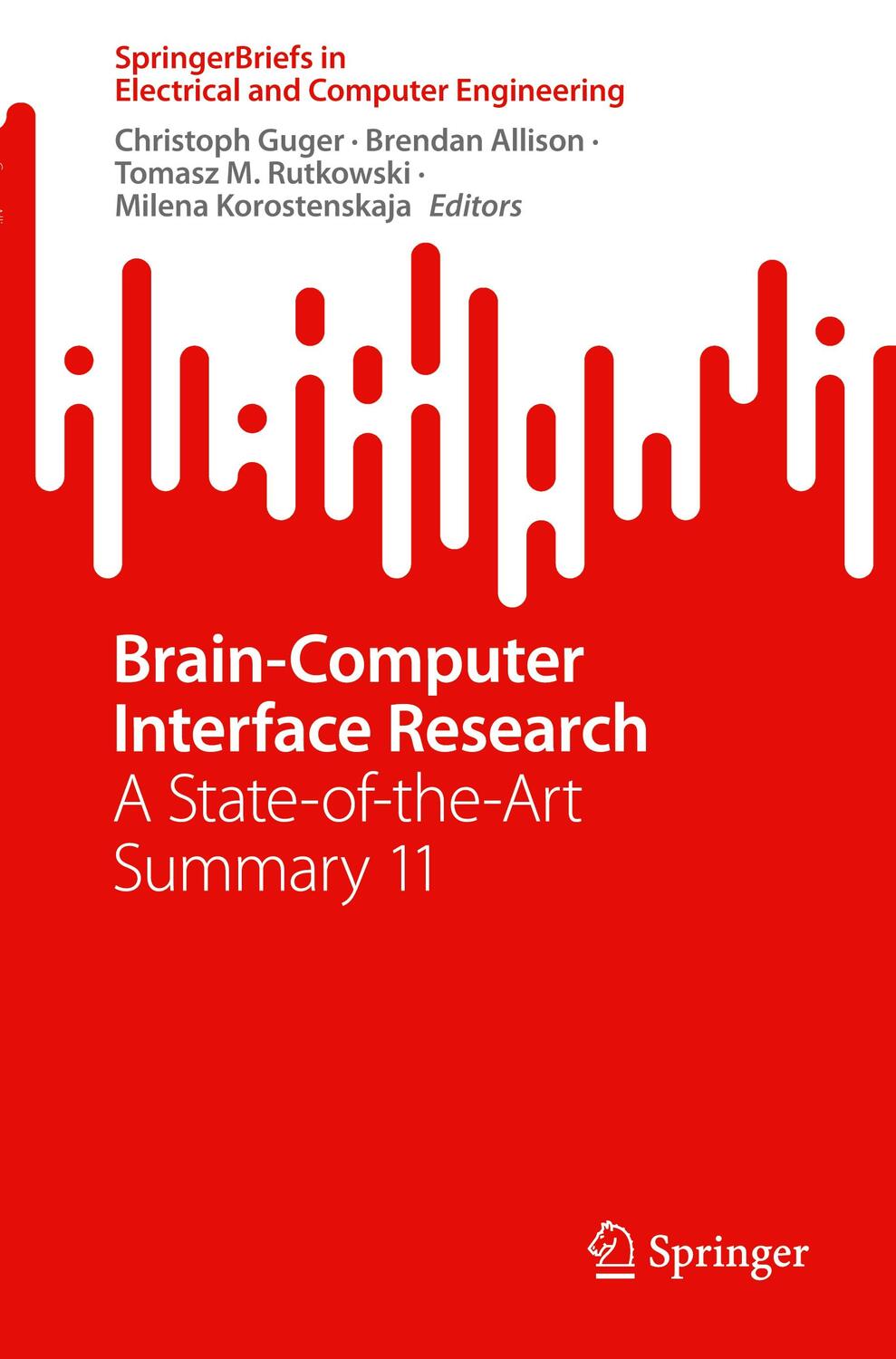101,95 €*
Versandkostenfrei per Post / DHL
Lieferzeit 1-2 Wochen
The book systematically summarizes and presents the results of several decades of worldwide fundamental research on protein physics, structure, and folding, describing many physical models that help readers make estimates and predictions of physical processes that occur in proteins.
New to this revised edition is the inclusion of novel information on amyloid aggregation, natively disordered proteins, protein folding in vivo, protein motors, misfolding, chameleon proteins, advances in protein engineering & design, and advances in the modeling of protein folding.
Further, the book provides problems with solutions, many new and updated references, and physical and mathematical appendices. In addition, new figures (including stereo drawings, with a special appendix showing how to use them) are added, making this an ideal resource for graduate and advanced undergraduate students and researchers in academia in the fields of biophysics, physics, biochemistry, biologists, biotechnology, and chemistry.
The book systematically summarizes and presents the results of several decades of worldwide fundamental research on protein physics, structure, and folding, describing many physical models that help readers make estimates and predictions of physical processes that occur in proteins.
New to this revised edition is the inclusion of novel information on amyloid aggregation, natively disordered proteins, protein folding in vivo, protein motors, misfolding, chameleon proteins, advances in protein engineering & design, and advances in the modeling of protein folding.
Further, the book provides problems with solutions, many new and updated references, and physical and mathematical appendices. In addition, new figures (including stereo drawings, with a special appendix showing how to use them) are added, making this an ideal resource for graduate and advanced undergraduate students and researchers in academia in the fields of biophysics, physics, biochemistry, biologists, biotechnology, and chemistry.
| Medium: | Taschenbuch |
|---|---|
| ISBN-13: | 9780128096765 |
| ISBN-10: | 0128096764 |
| Sprache: | Englisch |
| Herstellernummer: | C2015-0-04816-X |
| Autor: |
Finkelstein, Alexei V.
Ptitsyn, Oleg |
| Auflage: | 2. Aufl. |
| Hersteller: |
Academic Press
Elsevier Science & Technology |
| Maße: | 24 x 152 x 229 mm |
| Von/Mit: | Alexei V. Finkelstein (u. a.) |
| Gewicht: | 1,08 kg |
| Medium: | Taschenbuch |
|---|---|
| ISBN-13: | 9780128096765 |
| ISBN-10: | 0128096764 |
| Sprache: | Englisch |
| Herstellernummer: | C2015-0-04816-X |
| Autor: |
Finkelstein, Alexei V.
Ptitsyn, Oleg |
| Auflage: | 2. Aufl. |
| Hersteller: |
Academic Press
Elsevier Science & Technology |
| Maße: | 24 x 152 x 229 mm |
| Von/Mit: | Alexei V. Finkelstein (u. a.) |
| Gewicht: | 1,08 kg |

